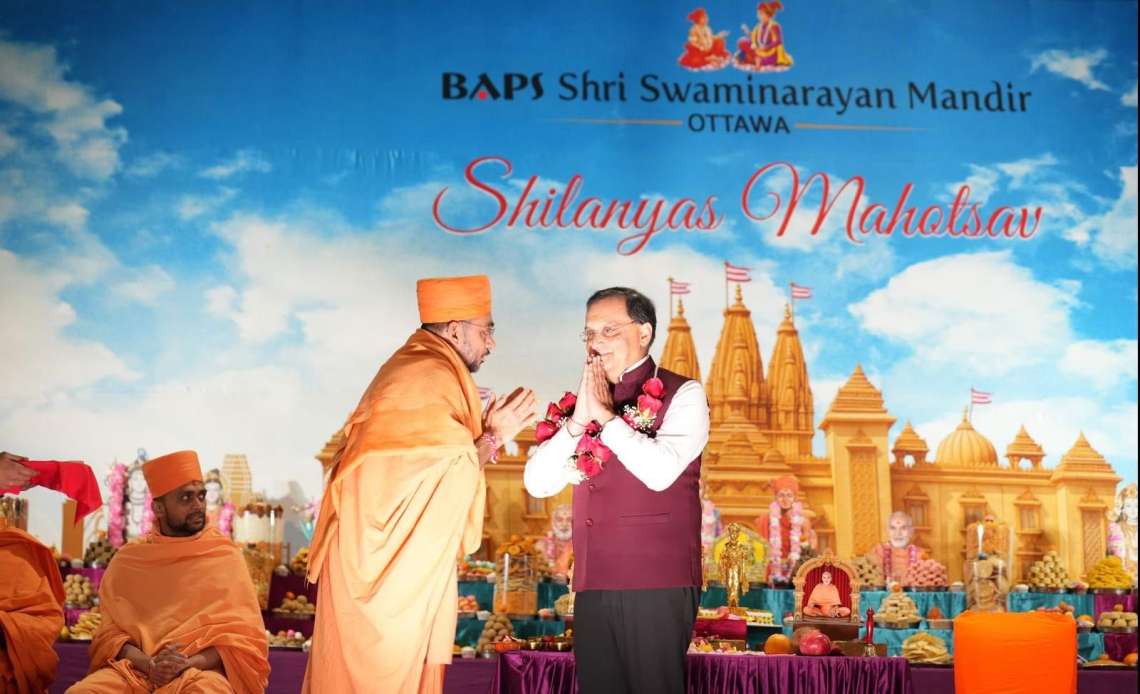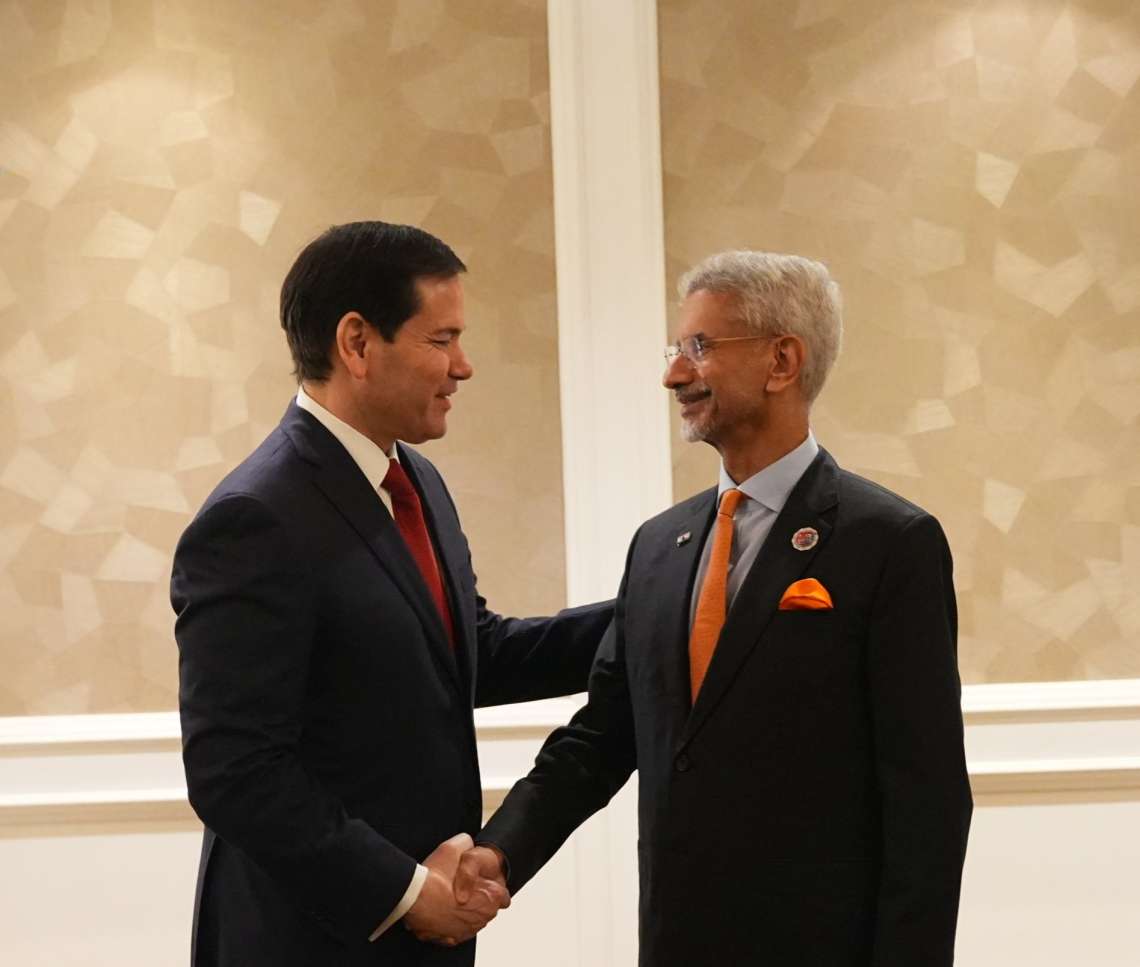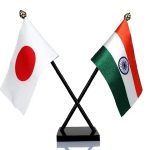India’s combination of smart policy and smart population has opened the way for a generation of double digit growth, an economic feat hitherto achieved only by the China of Deng Xiaoping and which could not be maintained by the China of Xi Jinping., writes Prof. Madhav Das Nalapat
Anyone continuing to take seriously the columns of some of what were once great newspapers in the US, UK, Germany and elsewhere would believe India to be a cauldron of chaos and hatred. Scarcely the country that investment, especially in the tens of billions of US dollars, should be directed to. Fortunately, less and less serious individuals in these and other key democracies are relying on India-phobic sections of the media for information on the state of the country. More and more people, especially at the higher levels of decision making, have been either visiting, or have been hearing of the country that is increasingly being identified as the next superpower, the Republic of India.
In such a process, the city that in the 1990s initiated the country’s leap forward as the Information Technology industry, Bengaluru, continues to draw in investment from across the globe, especially in the field of tech. At the same time, domestic companies have begun to look not just at the national but at the international market, including in fabrics and design, fields that India has long excelled in. From across the rest of India as well as a growing number of professionals from other countries, Bengaluru has become their new home, together with several other cities that are spread across the country.
Tim Cook, the head of Apple, once said that the reason why China was preferred by him as a manufacturing hub for his company’s products was not just considerations of cost, but the “quality of the workforce”. Over the past decade, the increasing dissemination of skill sets within the working population has ensured that the workforce in India meets the standards of the best elsewhere. Once they acquire a few months of on-the-job experience, Indians turn out to be better by far than the Chinese workers that Tim Cook waxed eloquent about.
Which could explain why Apple is now turning to India as an attractive alternative to its present over-dependence on the PRC for the production of its manufactures. Whether it be Tesla, TSMC or other companies the size of several countries bundled together, India is being seen as the country to go to where setting up fresh production capability on a significant scale is concerned. The expectation that the 2024 Lok Sabha polls will see a continuation of the policies pursued over the past decade has been a key driver of the appetite for investing in India.

INDIA FULFILS PRODUCTIVITY PREREQUISITES
Ability, suitability and reliability are the three prerequisites for a country to emerge as a major production hub. While workers there may be able to perform many of the tasks allotted to them, China itself is becoming more and more unsuitable as a major manufacturing base for enterprises from countries such as Taiwan, the US and Japan. Now targets of Xi’s Gray Zone warfare, these are the countries that in the 1980s and 1990s powered double digit growth in the PRC through their investments. CCP General Secretary Xi Jinping has therefore repaid such assistance by acting aggressively in a manner contrary to the national interest of the very countries that have for three decades been the most significant external investors in the PRC.
Another source of funding has been Overseas Chinese, who are being told to betray the national interest and trust of the countries whose passports they hold, and to be subservient to the dictates of the CCP. More and more Overseas Chinese are, as a consequence of such pressure, turning away from the PRC and looking elsewhere for investing, including in their own countries. As for reliability, while the US has the ability to be an even greater production platform than it already is, the tendency of politicians in power there to leverage their authority so as to whimsically block and unblock select exports to a miscellany of countries (including several democracies) has resulted in the US developing a reputation for unreliability as a supplier.

This is especially marked in the case of high value products such as those connected with tech and defence. In contrast, India is able, suitable and reliable as an alternative production platform, especially where companies seeking to exit China for geopolitical reasons are concerned. Should the reforms that have been put in place by Prime Minister Modi during the past decade continue after the 2024 Lok Sabha polls, there will be a sharp increase in the flow of external Foreign Direct Investment (FDI) into India, especially once townships on Gujarat’s GIFT City model get set up in other states.
The transformation of India through changes in policies and emphasis since 2014 has been so thorough that the insistent drumbeat of accusations against the country by lobbies beholden to the Sino-Wahhabi alliance has been having negligible effect. Visitors can see for themselves that alarmist reports written by those who in their scripts confuse conditions in India with the situation in Pakistan or Afghanistan are false. And that early bird investors in India, such as the South Koreans and the Japanese, have reaped in profits several times the value of the investments made. Apart from stability and continuity in matters of governance, the other attraction is the human resource wealth of the world’s most populous country.
Nervous at the prospect of India emerging as an alternative to the PRC in global supply chains, the flood of misinformation about India that is being let loose by the Sino-Wahhabi lobby has risen substantially, and yet its impact on investment related to decoupling from China has been steadily diminishing. Whether it be the energizing of the Quad, a feat carried out jointly by Prime Ministers Narendra Modi and Shinzo Abe, or innovations in transportation chains such as the I2U2 alliance linking Europe, the UAE, Israel and India, the stance taken by India is clear. Under Modi, the country stands by those who oppose exclusivism (in the sense of claiming exclusion rights over international waterways as the PRC has been doing in the South China Sea) and expansionism, expressed through efforts at seizing territory away from its rightful owners in the way that Xi Jinping has attempted through the PLA.

Further, given its nuclear strike capabilities, India is an exceptionally safe harbour for investment in the face of a predatory superpower that has made bullying other countries its preferred option. That not just domestic but foreign businesspersons are respected has been shown by the award of the Padma Bhushan to Foxconn CEO Young Liu this year. For a long time, Taiwanese companies were too attached to the PRC to look at India as a suitable investment destination. That has changed, especially with the onset of Cold War 2.0 where China has replaced the Cold War 1.0 protagonist on the other side, Russia.
More and more policymakers abroad are coming to see the cost to themselves and to their countries of clinging on to a Cold War 1.0 mindset in the face of the changed circumstances, including the reality that in the 21st century, the Indo-Pacific has become far more consequential than the Atlantic, including in matters such as trade and economic size. Three of the world’s top five economies are from Asia: China, Japan and India, and soon three of the top four will be from Asia, with India replacing Germany in the fourth spot and moving on subsequently to replace Japan in the third. From that time onwards, any two of the top three economies of the world would have a strategic preponderance over the third, a factor that has helped lead to the steady improvement in ties between Washington and Delhi during the Modi decade, despite changes in the White House from Obama to Trump to Biden.
CONTINUITY IN SMART POLICY
Given continuity in matters of governance and in the direction of policy, the next five years will witness the emergence of India as the third largest economy in the world, and which within a further five years, will be the world’s third superpower, after the US and China. India’s combination of smart policy and smart population has opened the way for a generation of double digit growth, an economic feat hitherto achieved only by the China of Deng Xiaoping and which could not be maintained by the China of Xi Jinping.
Over the past decade, India in matters of investment has become able, suitable and reliable. Small wonder that experts have finally begun to talk about the 21st as the Indian century. Whether in space, ocean, land or in cyberspace, opportunities for growth are being grasped in a manner never before witnessed in the years that followed the attainment of freedom from colonial rule in 1947.
ALSO READ: India govt seeks House nod for Rs 2 lakh crore supplementary grants














